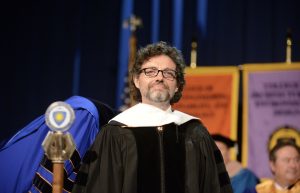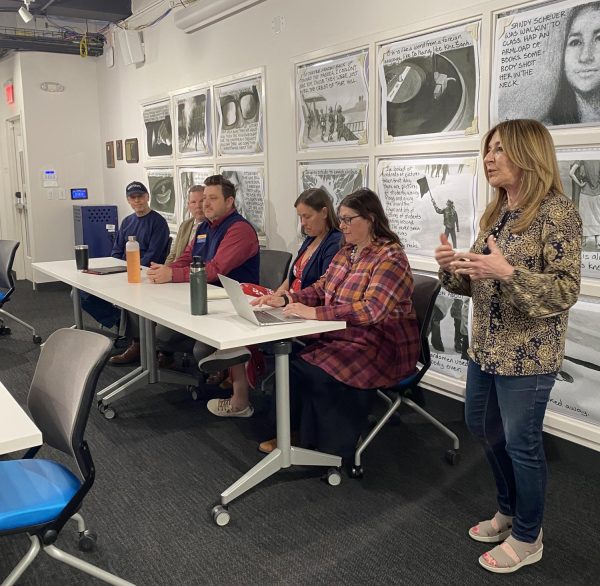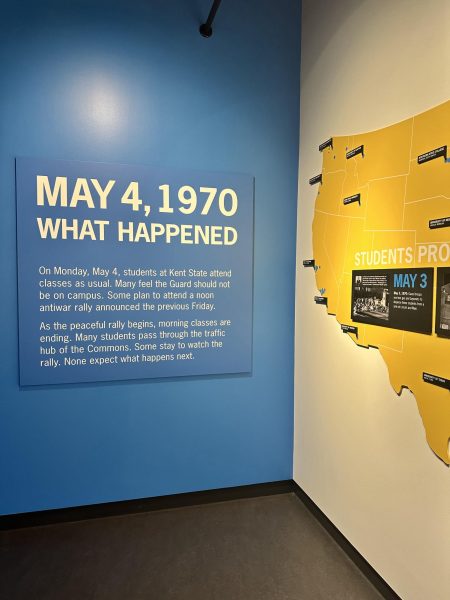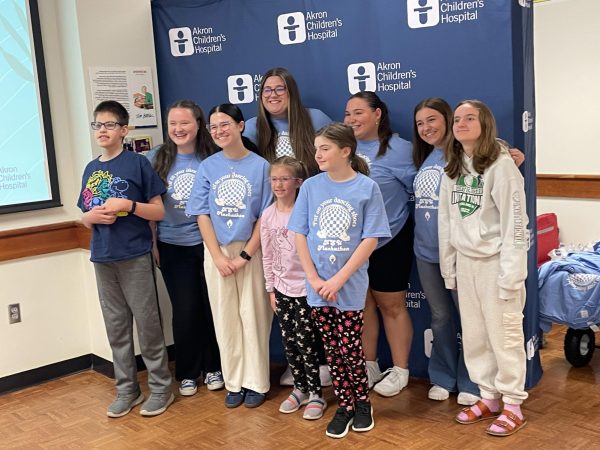Reporter’s notes: Auto-tuning is out
February 26, 2009
A few weeks ago I was chopping up a fistful of greasy chicken tenders and being treated to a repetitive playlist from one of our local pop radio stations at Crustano’s in Prentice Hall.
A couple of my co-workers let out a resounding “Ohhh” from either side of the store as some buy-in-bulk disc jockey’s voice faded into a another round of hits.
They informed me it was Britney Spears’ latest number, “If U Seek Amy.”
Now, I was totally oblivious to the controversy surrounding the chorus of the song, which, as my coworkers painstakingly explained to me, sounds a lot like “F-U-C-K me,” but was edited for radio to “If U See Amy.”
“Did you hear it?” they asked with anticipation.
“Oh, umm, not really,” I responded.
They looked at me, disappointed that I didn’t appreciate Britney’s mastery of the pun, and I answered, “I think she’s using that Auto-Tune thing.”
They didn’t seem to care, but it was all I could hear. Britney Spears sounded electronic and left me perplexed. I at least thought she could sing.
And sure enough, a quick search on Auto-Tune pointed me to a Time magazine article. In the story, a nameless Grammy-winning recording engineer compared it to plastic surgery and said he used Auto-Tune to “save everything from Britney Spears to Bollywood cast albums.”
It is the technology that has given T-Pain a career and helped Kanye West craft his bizarre “808s & Heartbreak” album.
Now I think T-Pain is pretty wack, so we can get that out of the way. Kanye West isn’t bad. I even kind of liked his new song “Heartless,” and I thought the use of the Auto-Tune actually lent itself to the mood of the song.
The technology first came to prominence in Cher’s 1998 hit “Believe.” Little did Cher and her producers realize they had founded a veritable pop music abortion clinic.
The man behind Auto-Tune, Andy Hildebrand, actually based the technology off a previous instrument he had created that used sound waves to find oil-drilling sites, and he intended it to be used to correct minor pitch problems on recorded vocal music.
Hildebrand said Auto-Tune can eliminate the natural progression between ranges that the human voice must take, and the result is a robotic set of steps in set of a smooth ramp.
And, as Hildebrand added, “I never figured anyone in their right mind would want to do that.”
When used this way, Auto-Tune sucks the soul, passion and essence out of a piece of music, unless the intent is, like Kanye, to sound cold and robotic.
Now we have artists making a living off technology that does all the hard work. When is it a cool little effect, and when is it a bogus way to avoid being ridiculed for having a shoddy voice?
Don’t ask me. Ask T-Pain and Britney.
Contact all correspondent Nick Baker at [email protected].
























